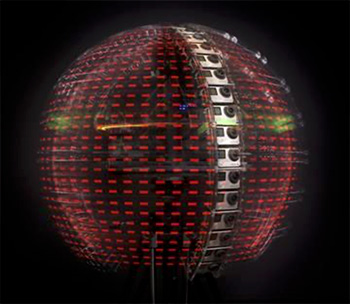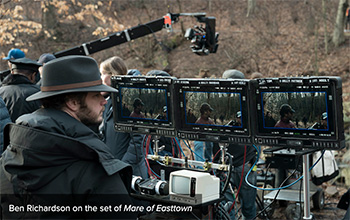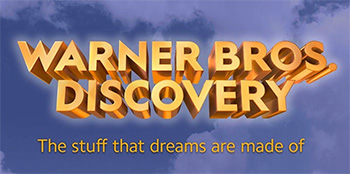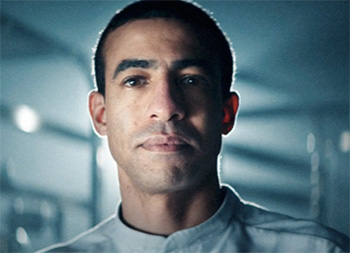… for Random Weirdness
Tip #1728: Who Will Produce the First Hologram?
Larry Jordan – LarryJordan.com
How soon will we call today’s movies “flat?”


This article, written by Adrian Pennington, first appeared in Amplify.NABShow.com. This is a summary.
Holographic video techniques are being developed by some of the biggest brands in the business to transform the future of media and communication. …After all, why should digital creations remain trapped on 2D screens when everything we see, do and touch in the real world is three-dimensional.
The race is on to develop the hologram. Google, in particular, sees the creation of light fields, which it describes as a set of advanced capture, stitching, and rendering algorithms, as the solution.
“The key concept of light field rendering is that once you record all the rays of light coming into [a scene], you can use the pixel values and the RGB values of each image to create images from different perspectives and views where you never actually had a camera,” Paul Debevec, Google VR’s senior researcher, explained at IBC in 2019.
There are a few ways to record light fields. One is to use a single camera with a lens array to filter all directions of light from a scene to the sensor. Lytro got the nearest to commercializing this, debuting a giant 755 Megapixel cinema camera in 2016. But the company folded two years later (its assets and some of its people transferred to Google).
You could also create a 3D model of a scene which might be represented as a polygon mesh or a point cloud. Lidar is one route to this.
The current preferred technique is to use a plenoptic array of cameras. Microsoft has outfitted a number of Mixed Reality Capture Studios with cameras arrays to record holographic video, although last November, Intel quietly shuttered its giant 10,000-sq ft volumetric capture stage in LA. This contained 100 8K cameras and a green screen dome to create 3D holograms for AR and VR videos.
Virtual production stages could readily be equipped with plenoptic camera arrays should light field capture advance and there are suggestions the technique could be used for VFX (an application targeted by the Lytro camera). Not for nothing is “The Mandalorian” produced on ILM’s Stagecraft Volume.
EXTRA CREDIT
The entire article is a fascinating look at the state of the art. Read it here.











